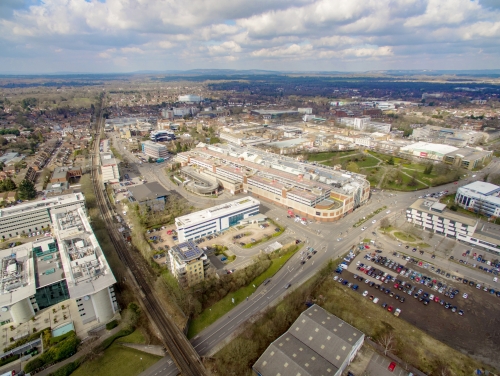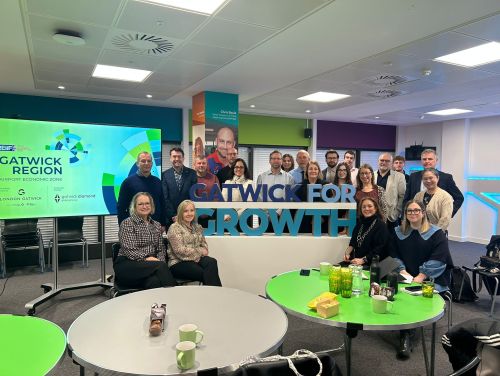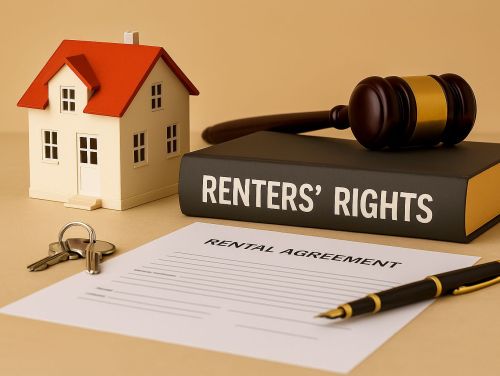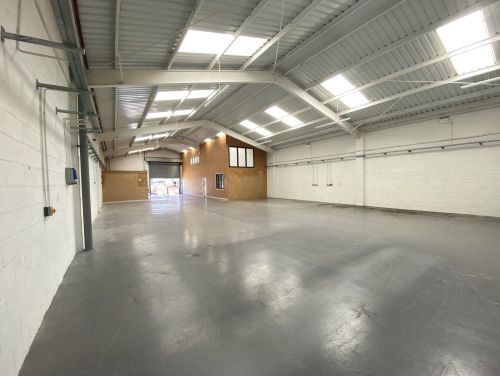27 June 2019
New hope for Crawley market
Industry News
Speak to anyone involved in Crawley's property market and one statistic comes up time and time again - the town makes up 2% of West Sussex's land mass yet contributes 25% to the county's economy. Data from SHW shows that office take-up in 2018 was 93,000 sq ft - below the five-year average of 160,000 sq ft and considerably lower than the, albeit bumper, take-up figure of 220,000 sq ft recorded in 2017. In many markets, low levels of take-up have been caused by lack of supply but that is not the case in Crawley, where 678,000 sq ft - 16% of the town's total built stock - is available, despite many office buildings having been lost to residential through permitted development rights (PDR).

As well as housing, business space was provided in the form of Manor Royal, a light industrial park built to support key industries such as metalworking and electronics. Now the park, which covers a square mile north of Crawley town centre, comprises 9m sq ft of commercial floorspace, 26% of it office space. Its more than 600 occupiers include Virgin Atlantic, Deliotte, Elekta, Thales UK and Boeing Flight Services.
However, while Manor Royal may be one of the South East's most prominent business parks, it is also where the majority of the town's vacant space lies.
Tim Hardwicke, Partner and Head of Agency at SHW, says most markets in the 'Gatwick Diamond' have vacancy rates of 3% to 4%. In Crawley, this is significantly higher, at 16%. Manor Royal's vacancy rate is 12%, down from a high of 40% - comprising empty buildings and cleared opportunity sites - back in 2010.
Local property experts say that the Manor Royal Business Improvement District (BID), which was set up to remedy the park's high level of unused space, has helped the park and Crawley enormously. The aim now is to continue to drive up tenancy. But there are challenges.
Manor Royal executive director Steven Sawyer concedes that while the estate's industrial buildings continue to let well, the difficulty is the "more stubborn office side". This is primarily because what demand there is is for small and medium-sized grade-A office units. The problem is that the lion's share of what is available are large legacy buildings that are, in some cases, no longer fit for purpose.
"Some buildings have been brought back to the market as grade-A stock, but with others you can't do that," says SHW Senior Partner Adam Godfrey. "What do you do with obsolete buildings? Not all are suitable for PDR. There's a lack of quality stock. No new kit is coming out of the ground."
There soon will be, though. The Commercial Park Group has started marketing the first two phases of its Gatwick Park development on the edge of Manor Royal. A street of ageing office buildings will be regenerated in five or six phases that will eventually create 500,000 sq ft of new space - the vision is to create a cluster of high-quality office buildings that promote wellness. Planning permission is in place for the first two buildings - of 110,000 sq ft and 60,000 sq ft - and they will be built subject to gaining pre-lets.
"Until recently, the only companies that have been able to build are owner-occupiers because the rents just weren't there to make it viable for developers," says John Baker, founder and chairman of The Commercial Park Group. He adds: "There is demand for quality. Companies don't want refurbishments; they don't want existing space - they want prestige and they're prepared to pay for it."
This article is an abridged version of one which appeared in Property Week on June 21st - full piece here: https://bit.ly/2ZIoZuY (requires login)
Contact:
Tim Hardwicke
01293 441305




